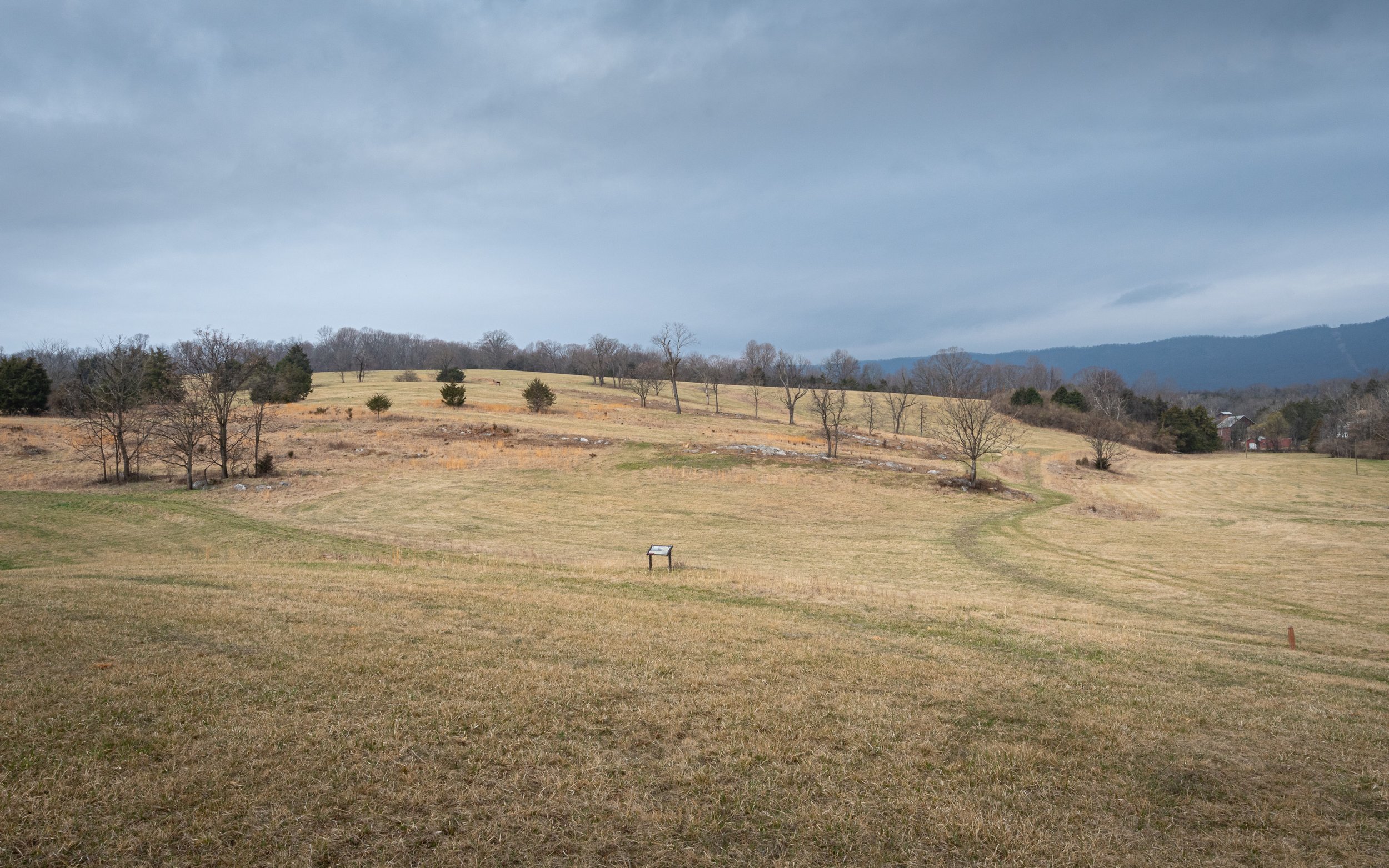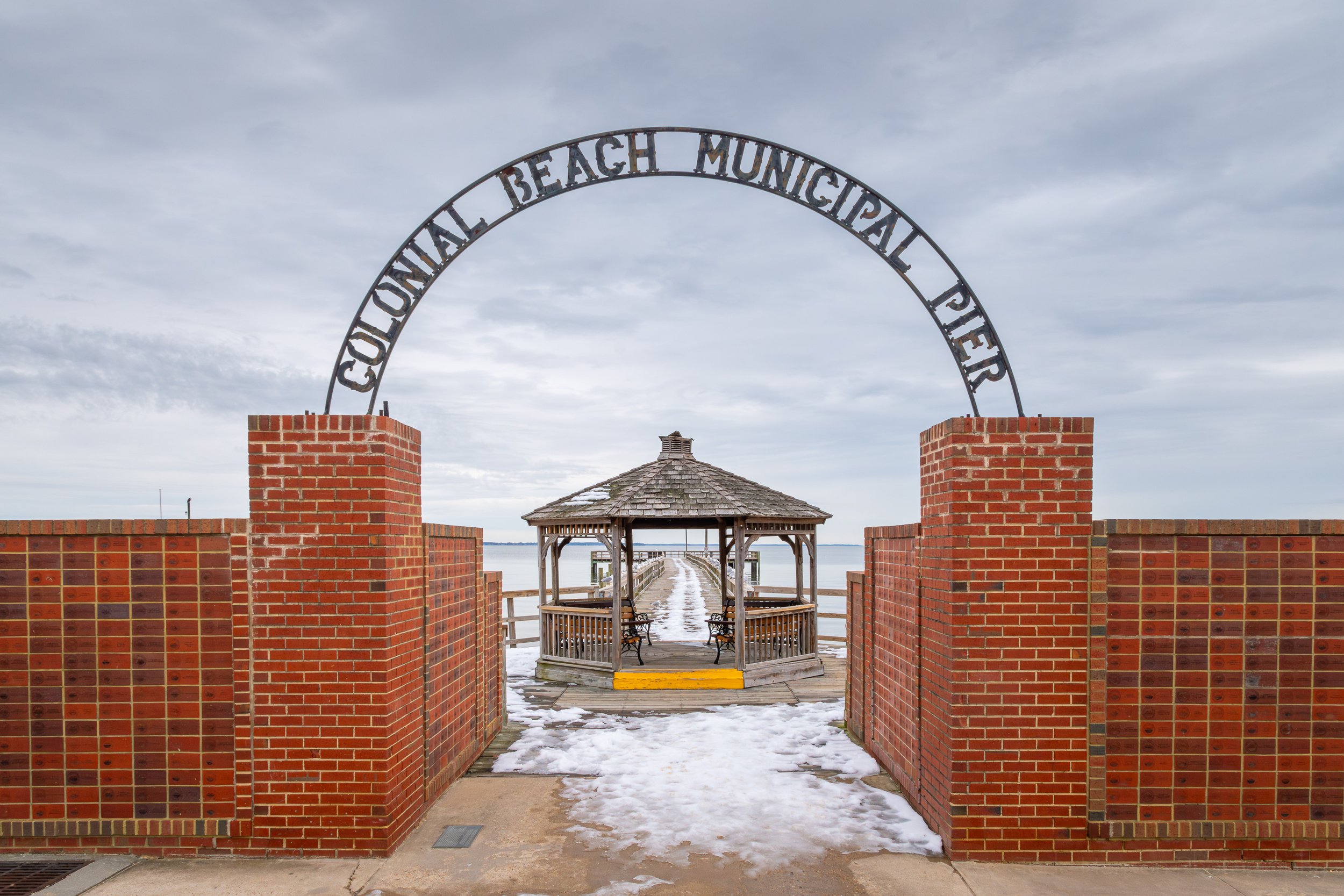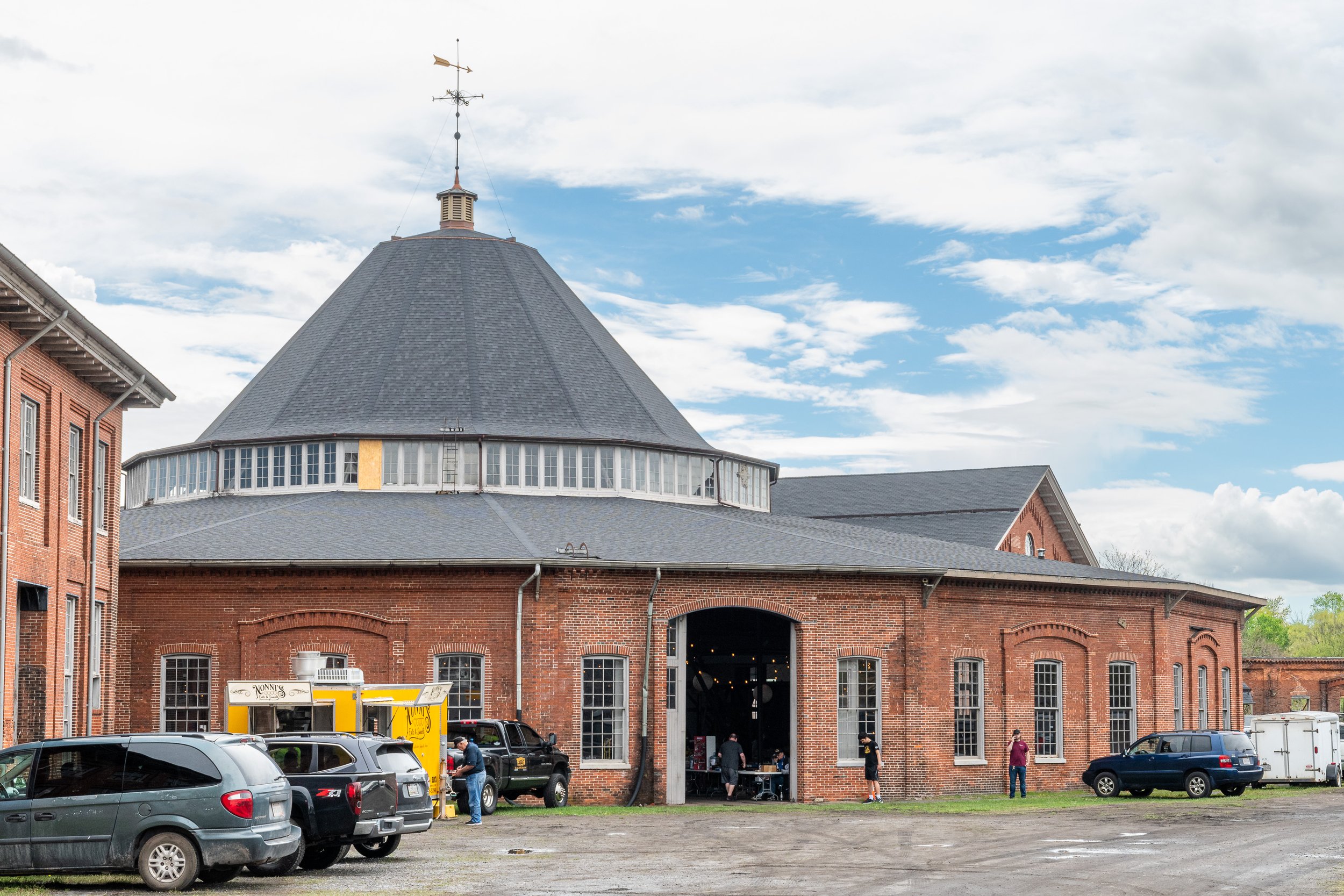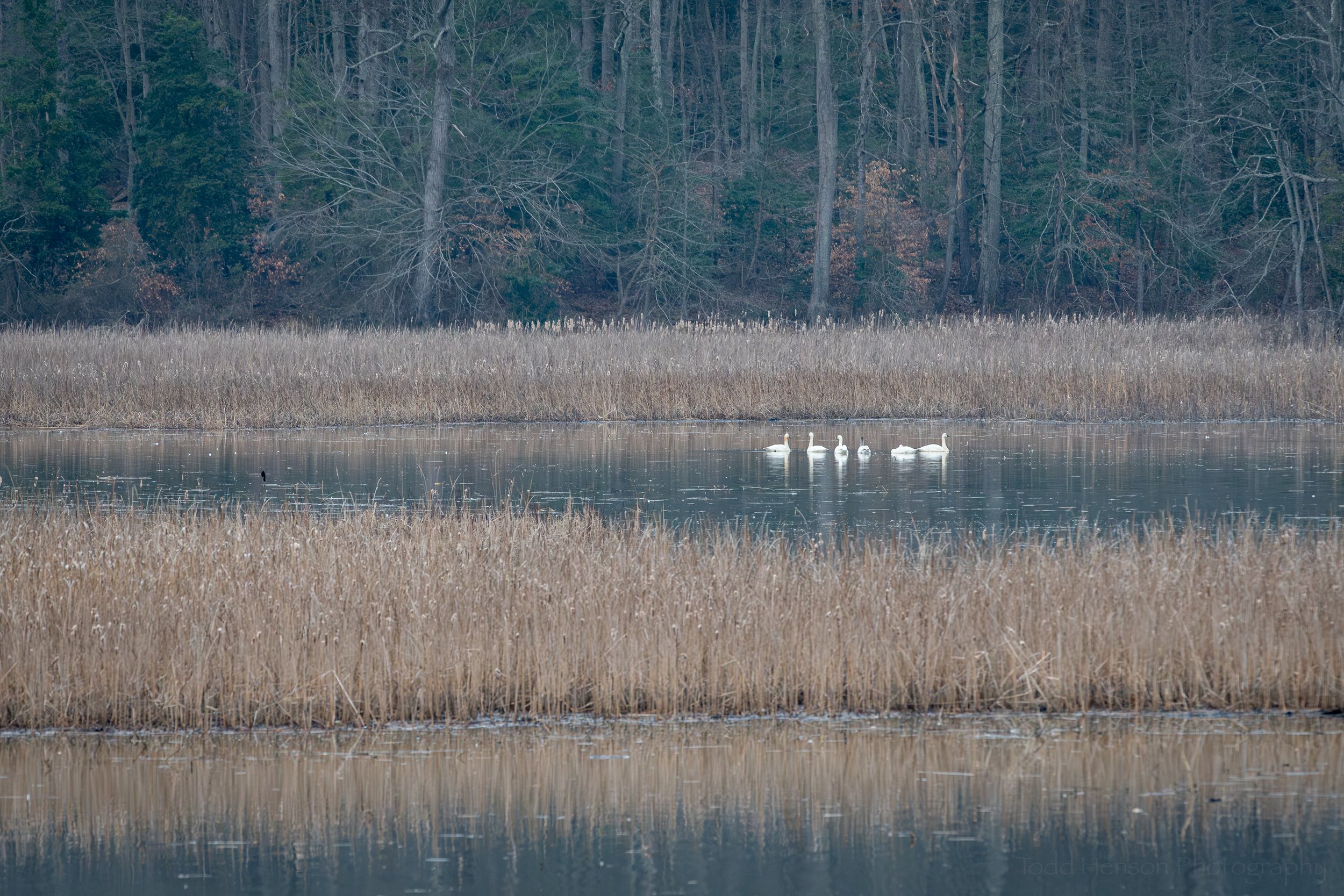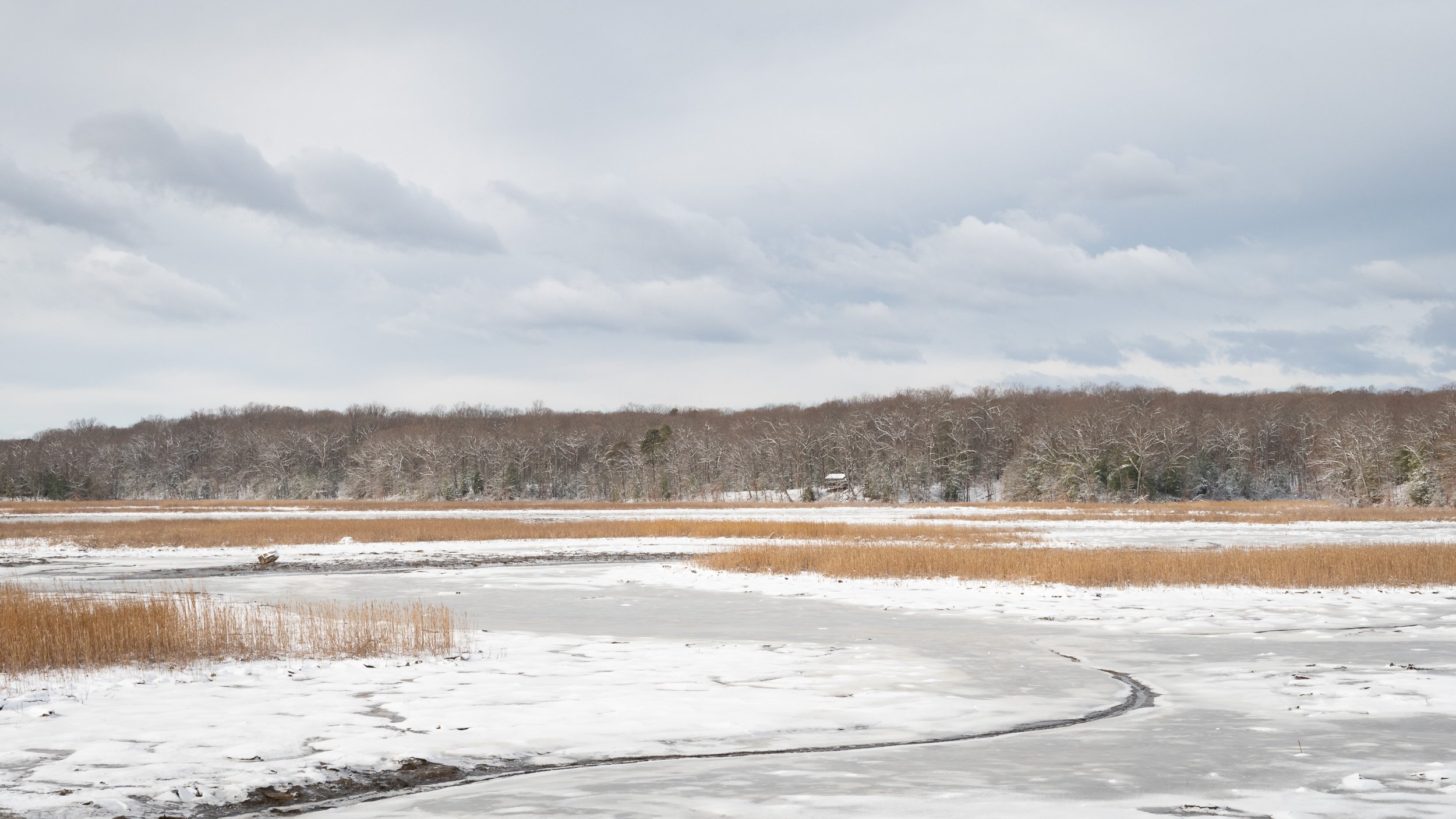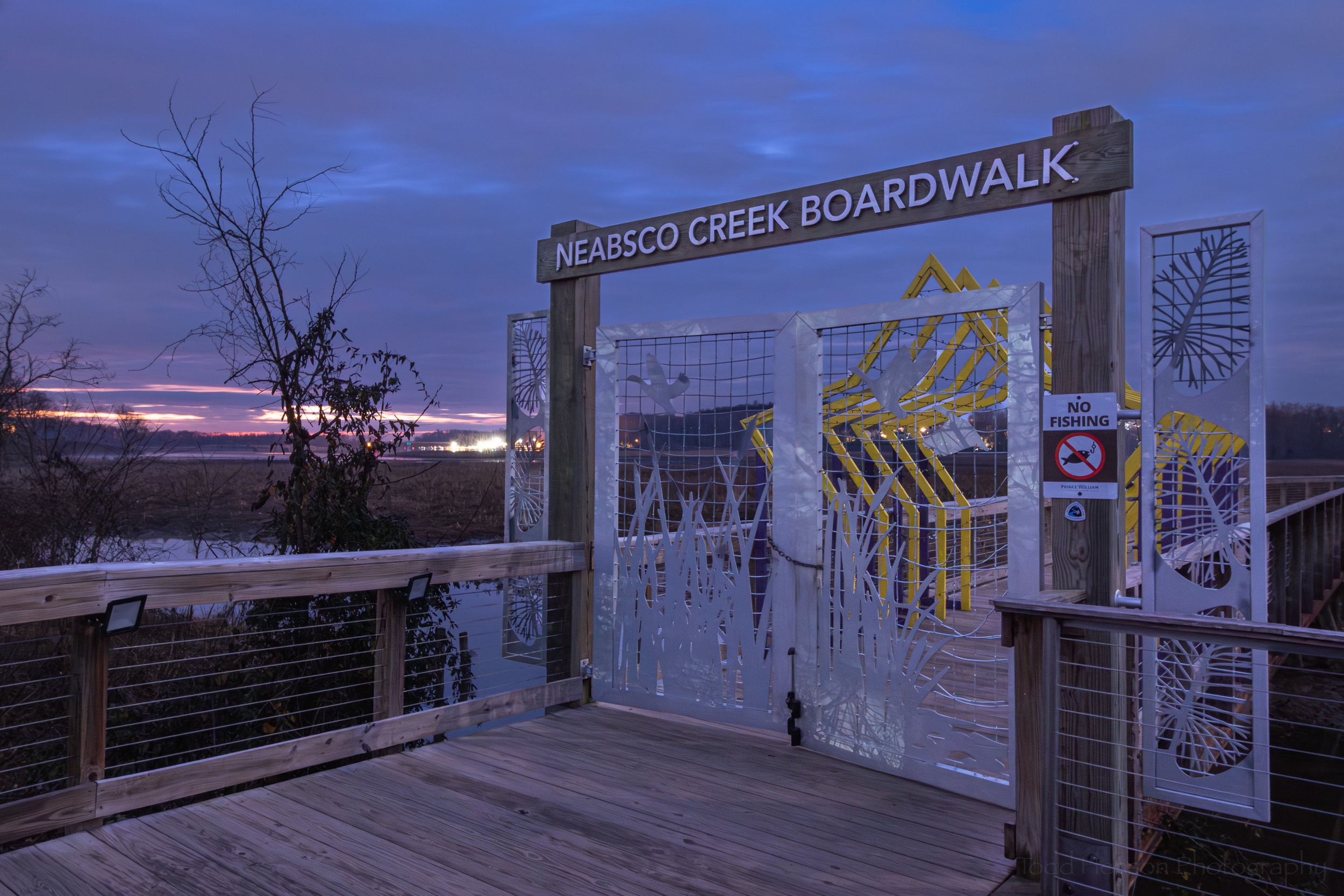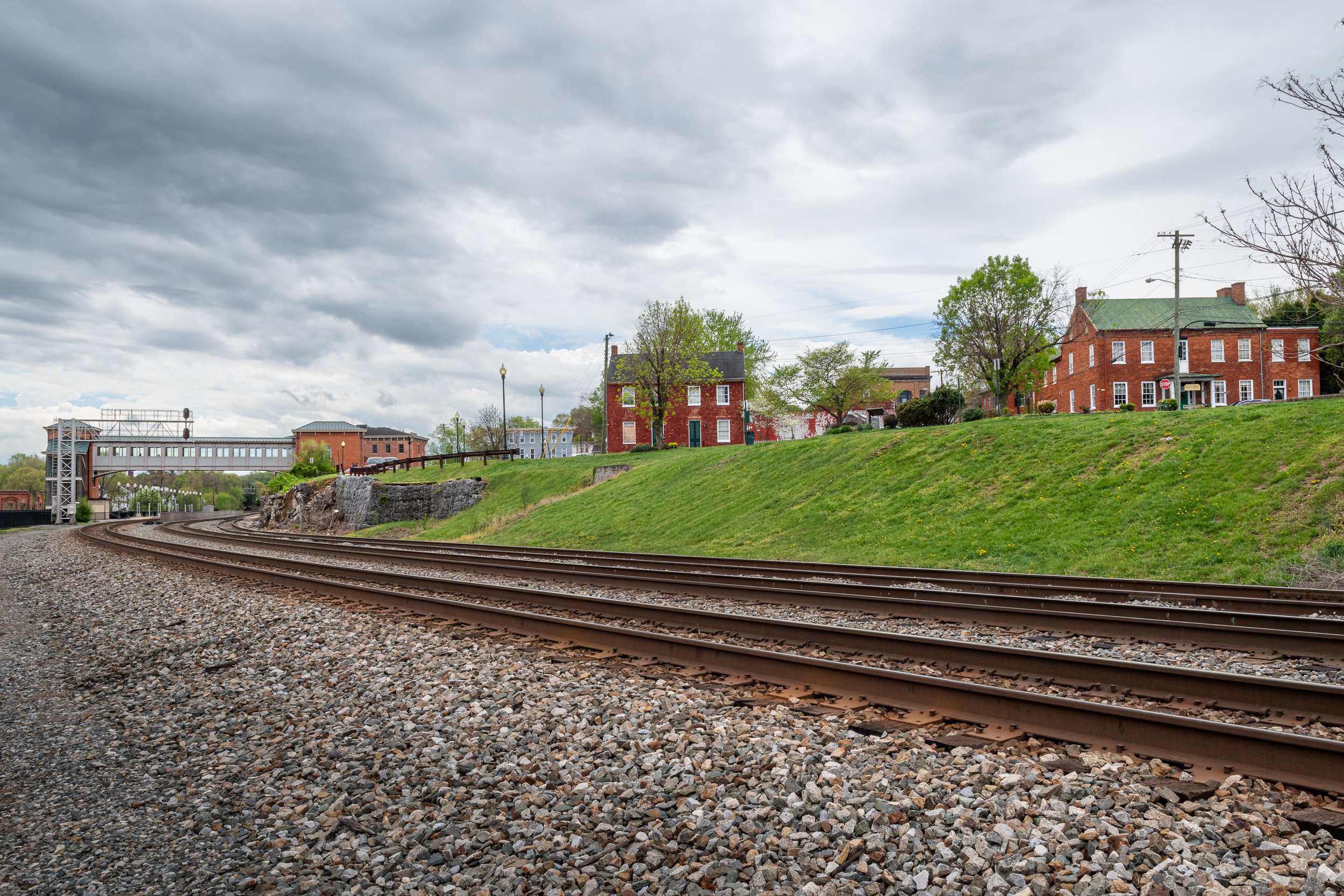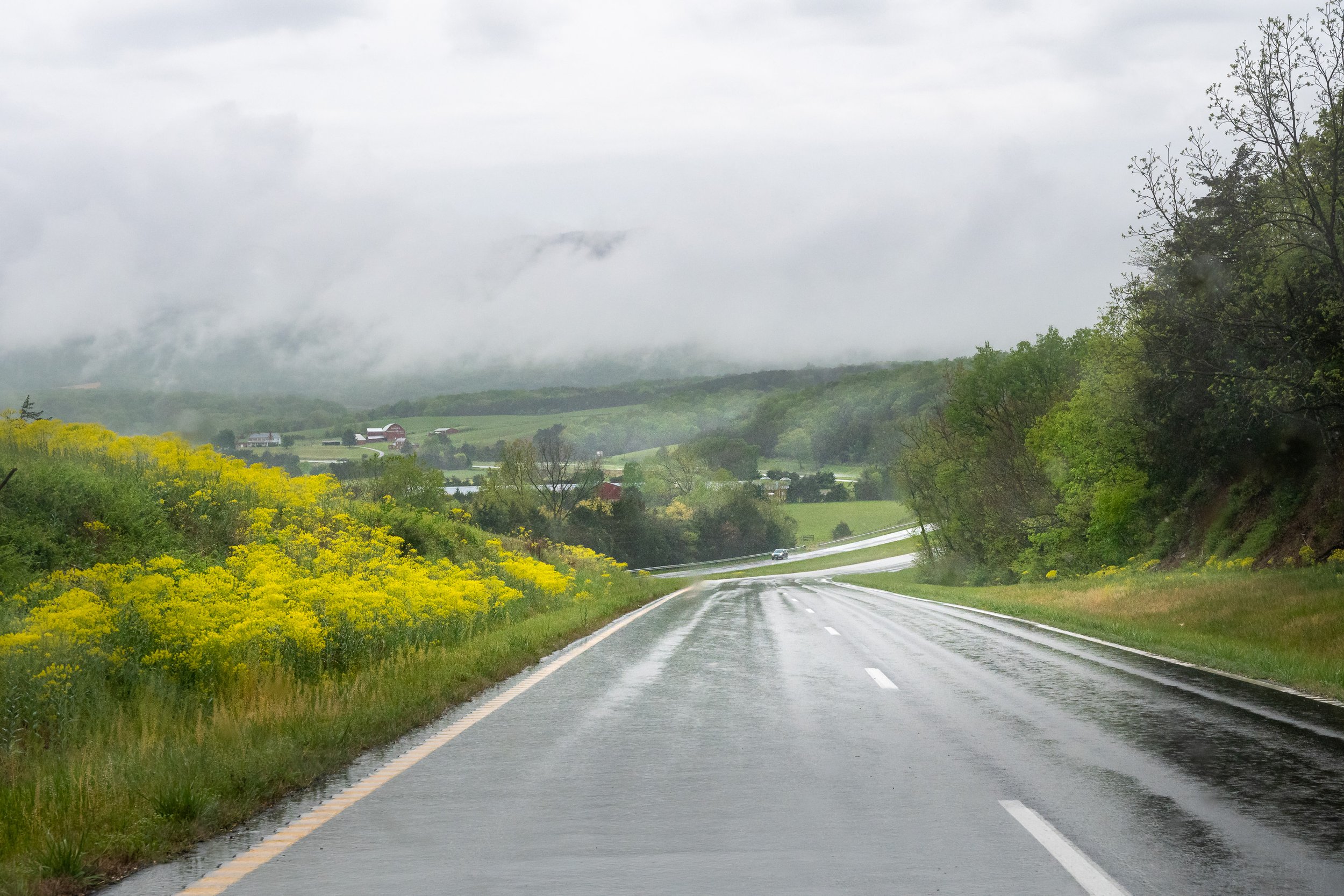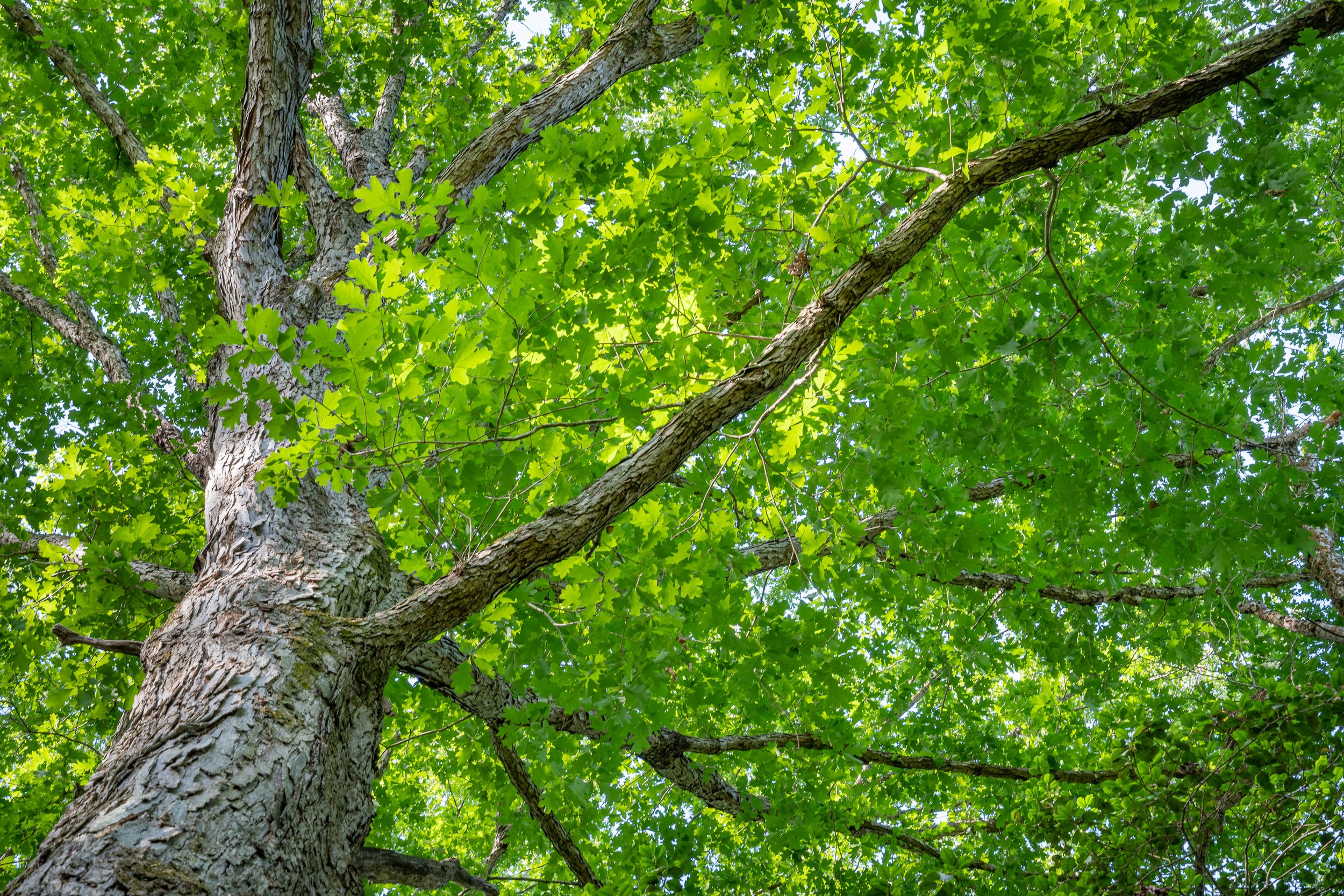Morning call of a red-winged blackbird
One of the many joys of photography for me is pulling out the big lens and going birding. Granted, I often photograph more than birds on these trips, but birds are what I most expect to find and photograph. There’s just something about them I love. Perhaps it’s because they are the most accessible wildlife for most of us so they provide a plentiful range of subjects.
A red-winged blackbird calling from a bush
Red-winged blackbird and the field of green
A glimpse of a yellow warbler before it flew away
On this particular day I walked the Neabsco Creek Boardwalk with my father. This is a somewhat new boardwalk built across the wide wetlands expanse of Neabsco Creek in Woodbridge, Virginia. They did a great job designing it, weaving the boardwalk along different portions of the wetlands, giving views of beaver lodges, the creek, marshy areas, and sections of raised land and trees where you can sometimes see deer. The boardwalk goes up and down in elevation, as well, allowing different views. In the sections that are down low you can photograph treefrogs and insects on the various plants. In the slightly raised sections you can look out in the distance or down at the water below.
An eastern phoebe perched above the wetlands
An eastern phoebe viewed through the mimosa. Look closely to see an insect in its mouth, which it will bring back to its nest under the boardwalk.
Portrait of an eastern phoebe
I love the variety wetlands provide. Some days you might see many, many species, others less so, but there’s always something to see. In this post are photographs I created of red-winged blackbirds, yellow warblers, eastern phoebes and mourning doves. Not a huge number of species, but I’m very happy with those I saw and photographed. It was a beautiful morning, watching the sun rise over the trees, illuminating sections of the wetlands, sometimes giving that nice glow, other times less so when the sun went behind clouds. But regardless of where the sun was the light was great.
I hope you enjoy this small selection of birds found one morning on the Neabsco Creek Boardwalk.
Early morning mourning dove with a single trumpet vine flower in the lower left
Do you enjoy these posts?
Sign up to receive periodic emails with updates and thoughts. Don’t worry, I won’t spam you. And please consider purchasing artwork or products from my online store, and using my affiliate links in the sidebar to the right when shopping online.
I appreciate your support!

